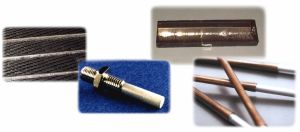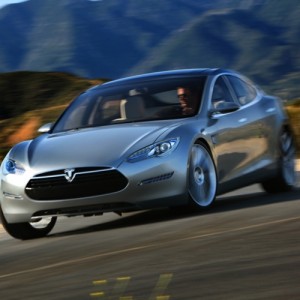Ceramic-Metal Bonding – Metalization of Ceramics and Vacuum Seals by Morgon Technical Ceramics
 The joining of ceramics to metals creates its own engineering challenges that require specialist expertise.
The joining of ceramics to metals creates its own engineering challenges that require specialist expertise.
Morgan Technical Ceramics are favored in a wide range of electronics and engineering applications for their chemical and mechanical properties. Compared to metals, they are stronger in compression, especially at higher temperatures, they have a good thermal stability (i.e. a low coefficient of thermal expansion) and good thermal and electrical resistivity. They are also hard, and have excellent dimensional stability.
To read the entire article go to the Morgan Technical Ceramics site: http://www.azom.com/article.

